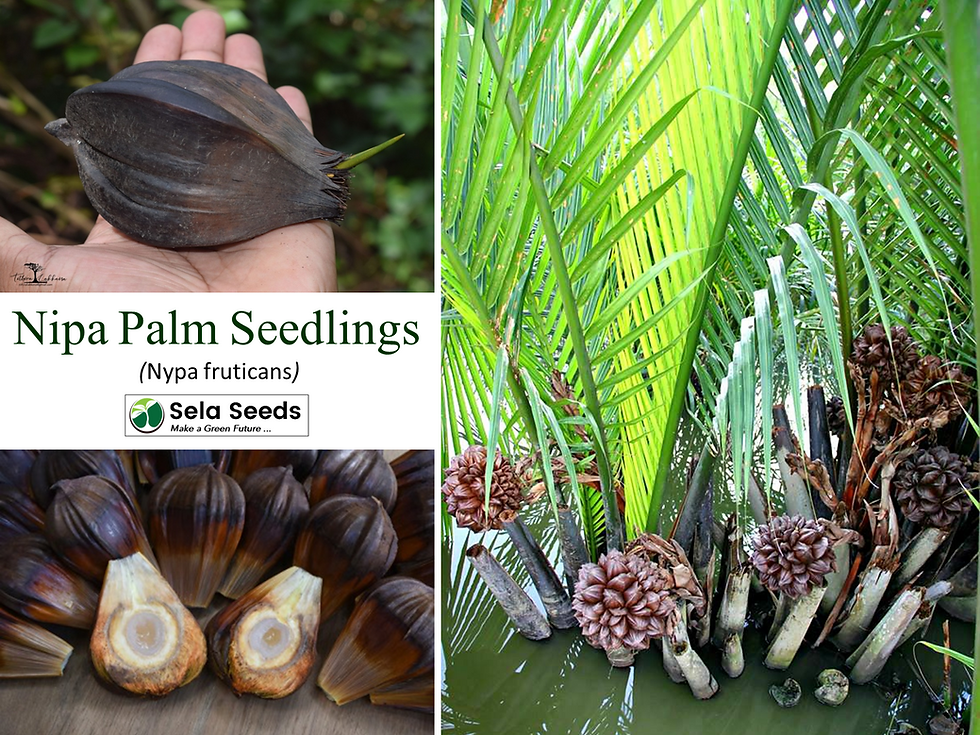Canistel Egg Fruit Seeds (Pouteria campechiana)
100% Fresh Seeds
The canistel bears an outstanding fruit, showy, flavorful, nutritious, and useful. Yet the species is rarely seen outside tropical fruit collections. The tree is attractive and requires little maintenance. It comes into production over the winter when few other fruits are available. Admiration for this species grows with familiarity. It deserves wider planting and makes an ideal addition to the home landscape in Florida.
Fruit (climacteric)
Fruit shape ranges from spindle-shaped to round to obovate (Fig. 3); commonly with a pointed apex. Fruit range in size from 3 to 5 inches (8-13 cm) long and 2 to 3 inches (5-8 cm) in diameter. The peel is thin, waxy, smooth, green when immature and bright yellow to bright orange when ripe. The pulp is relatively firm, smooth, creamy, sweet, and also bright yellow to orange when ripe; the pulp of incompletely ripe fruit is dry and mealy. The pulp of ripe fruit may be dry to moist and mealy to smooth in texture. The fruit have 1 to 5 glossy brown seeds.
Harvesting
The fruits are yellow to orange when they are mature and it is the time to be picked. As they soften, the skin texture changes from glossy to dull. The fruit can be stored at room temperature for 3 to 10 days for ripening.
The mature but still firm fruits should be clipped, leaving a small piece of stem attached, to avoid tearing the skin. When left to ripen on the tree, the fruits split at the stem end and fall. 7
Pollination
Canistel flowers are pollinated by insects.
Propagation
Look for grafted trees, not seedlings. Seedling trees will grow well, but they will take many years to fruit and will be of unknown and most likely inferior quality. Grafted trees can be purchased from local tropical fruit nurseries and specialty sales throughout South Florida.
Food Uses
Canistel may be eaten fresh, although it is more commonly used to make milkshakes, custards, or ice cream. Canistel is high in potassium and vitamins.
The ripe fruit or the pulp can be preserved and stored by freezing it for up to 6 months. Neither heating nor freezing will darken the bright yellow of the flesh and its texture makes it perfect for pies, milkshakes puddings and bread.
Fruit pulp may also be consumed as a vegetable with salt, pepper and lemon juice or mayonnaise and as a component of baked goods. The pulp may also be dried and used as a food additive.
Medicinal Properties
A decoction of the astringent bark is taken as a febrifuge in Mexico and applied on skin eruptions in Cuba. A preparation of the seeds has been employed as a remedy for ulcers.
Other Uses
Latex extracted from the tree in Central America has been used to adulterate chicle. The timber is fine-grained, compact, strong, moderately to very heavy and hard, and valued especially for planks and rafters in construction. The heartwood is grayish-brown to reddish-brown and blends into the sapwood which is somewhat lighter in color. The darker the color, the more resistant to decay.
top of page
$0.00Price
Out of Stock
Related Products
bottom of page

































